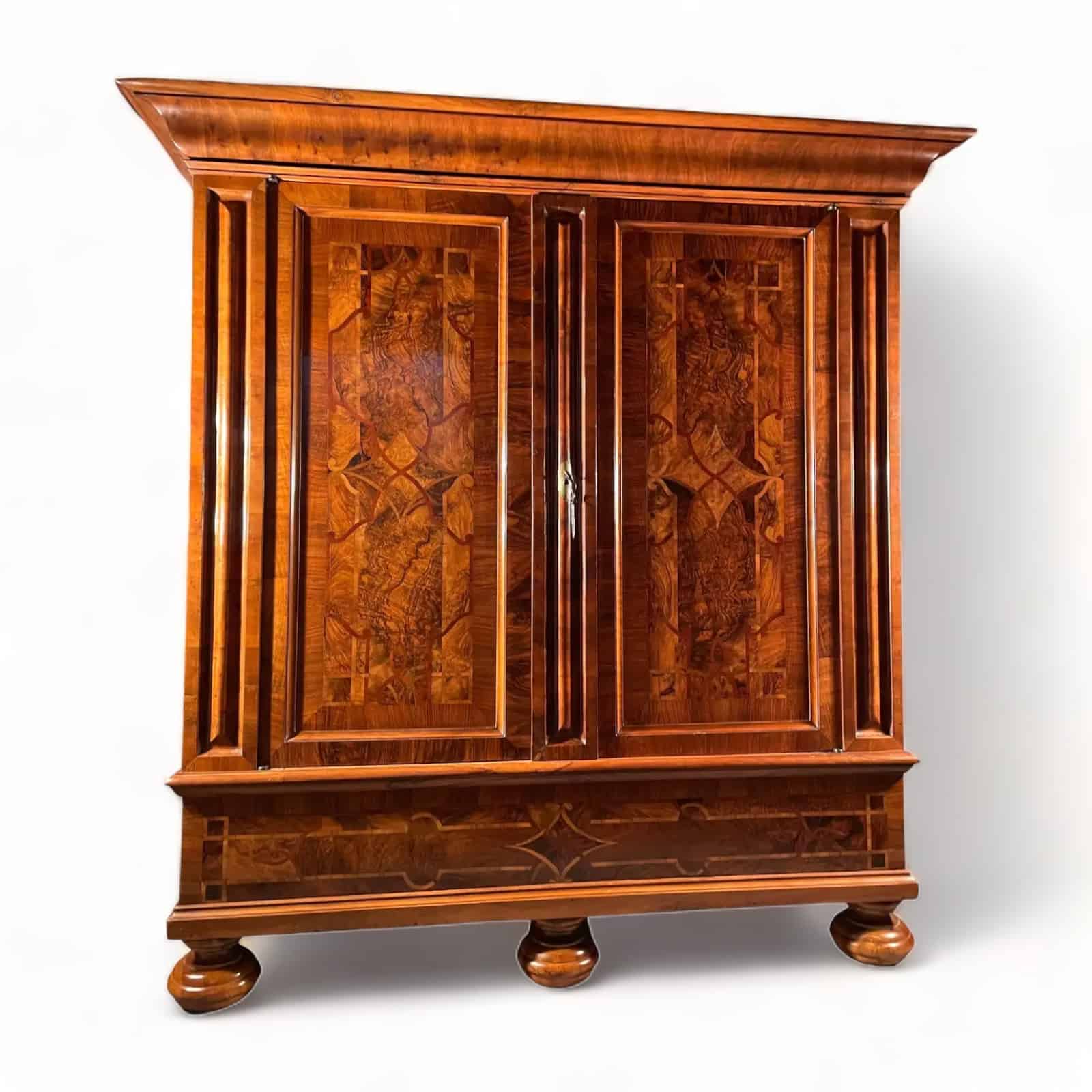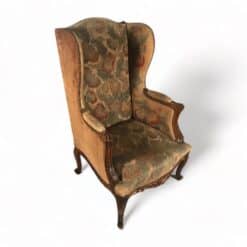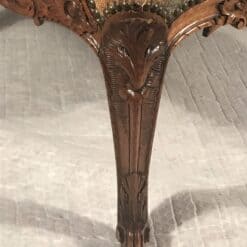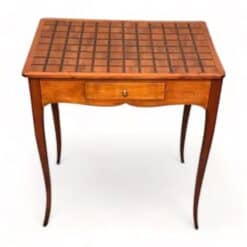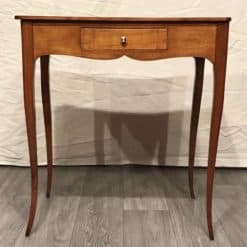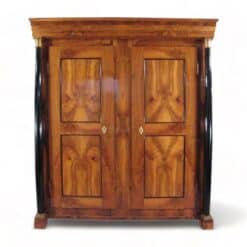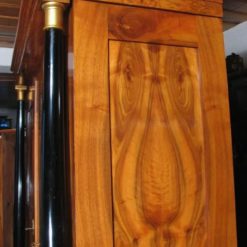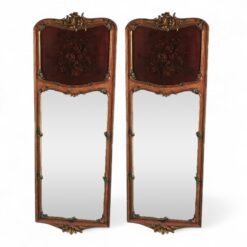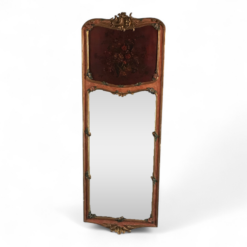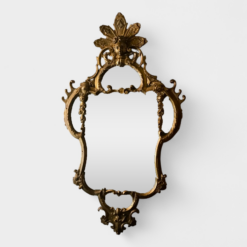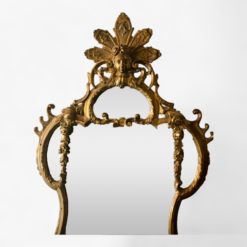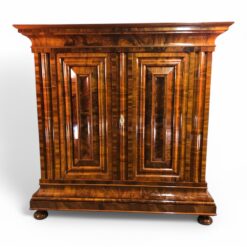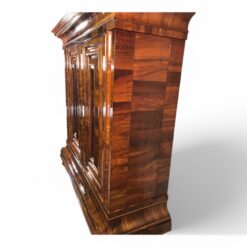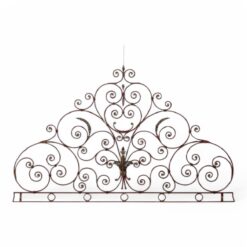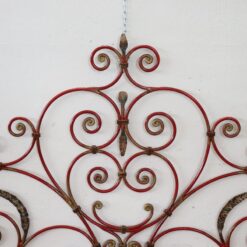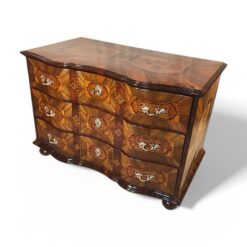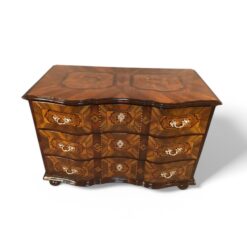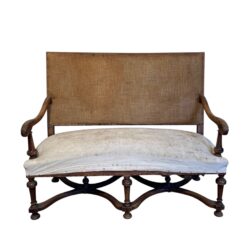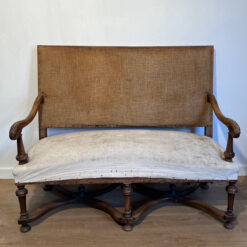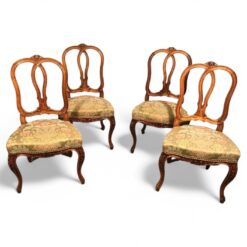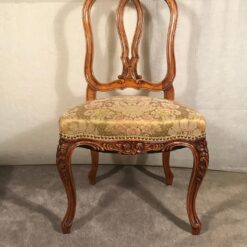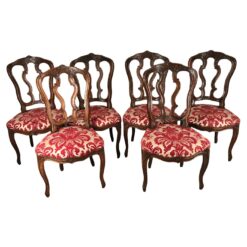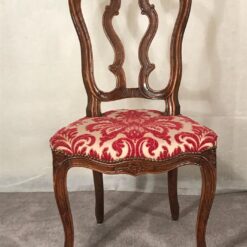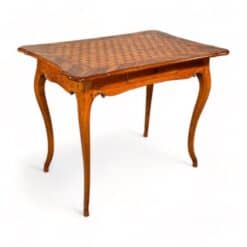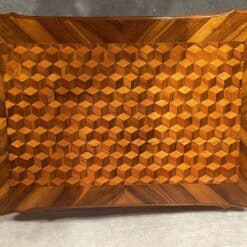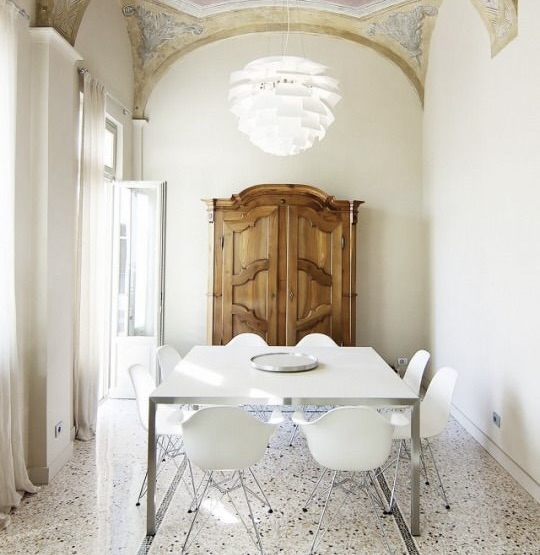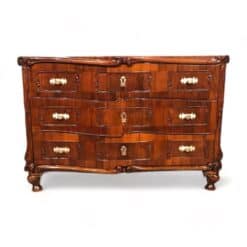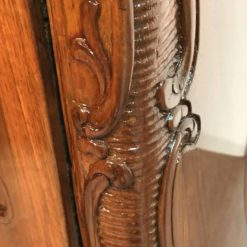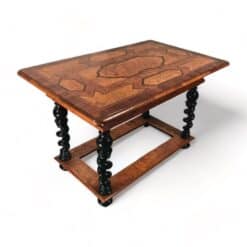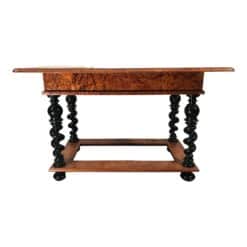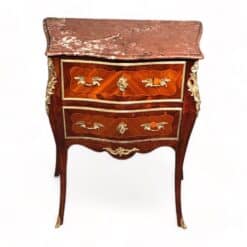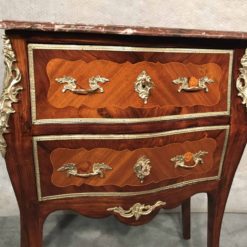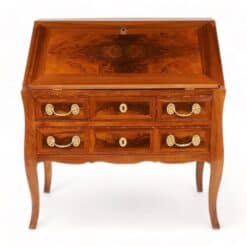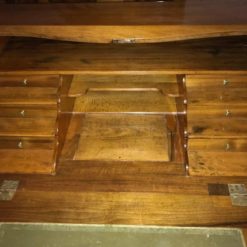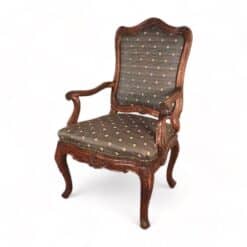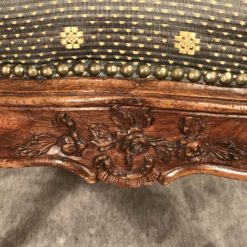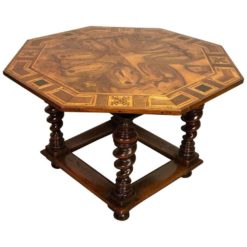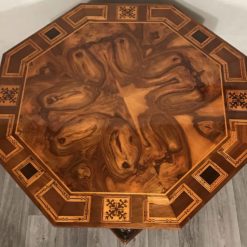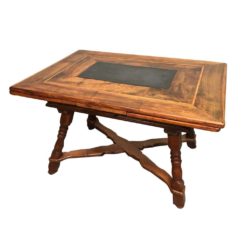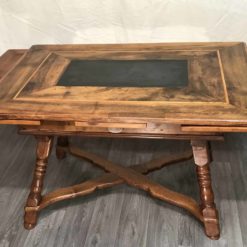Best Sellers
Baroque, Furniture, Styylish History
Baroque Armoires- Timeless Elegance
Baroque furniture is synonymous with grandeur, opulence, and masterful craftsmanship. Among its most striking creations, Baroque armoires stand out as both functional storage solutions and elaborate works of art. These statement pieces, crafted in the 17th and early 18th centuries, reflect the lavish tastes of European aristocracy, showcasing intricate carvings, bold silhouettes, and luxurious materials. Whether placed in a modern or classic interior, a Baroque armoire exudes historical charm and sophistication.
Origins and Influence of Baroque Armoires
The Baroque style originated in Italy in the early 1600s, influenced by the grandeur of the Catholic Church and the absolute monarchies of Europe. As the movement spread across France, Germany, and beyond, furniture design embraced dramatic forms, sculptural details, and an emphasis on luxury.
Armoires, originally designed for storing clothing and textiles, evolved into extravagant display pieces for noble estates. The craftsmanship of these armoires varied by region, but the unifying theme was excess—massive proportions, curving lines, and meticulous embellishments set them apart from their Renaissance predecessors. Today, antique Baroque armoires are coveted for their historical significance and striking aesthetic.
Defining Characteristics of Baroque Armoires
Baroque armoires are easily distinguishable by their distinctive features, which set them apart from later furniture styles like Rococo or Neoclassicism. Key characteristics include:
1. Ornate Carvings and Decorative Elements
One of the most notable aspects of Baroque armoires is their intricate ornamentation. Skilled artisans adorned these pieces with floral motifs, scrollwork, cherubs, mythological figures, and religious iconography. These elaborate carvings often extended to the cornices, doors, and legs, transforming the armoire into a sculptural masterpiece.
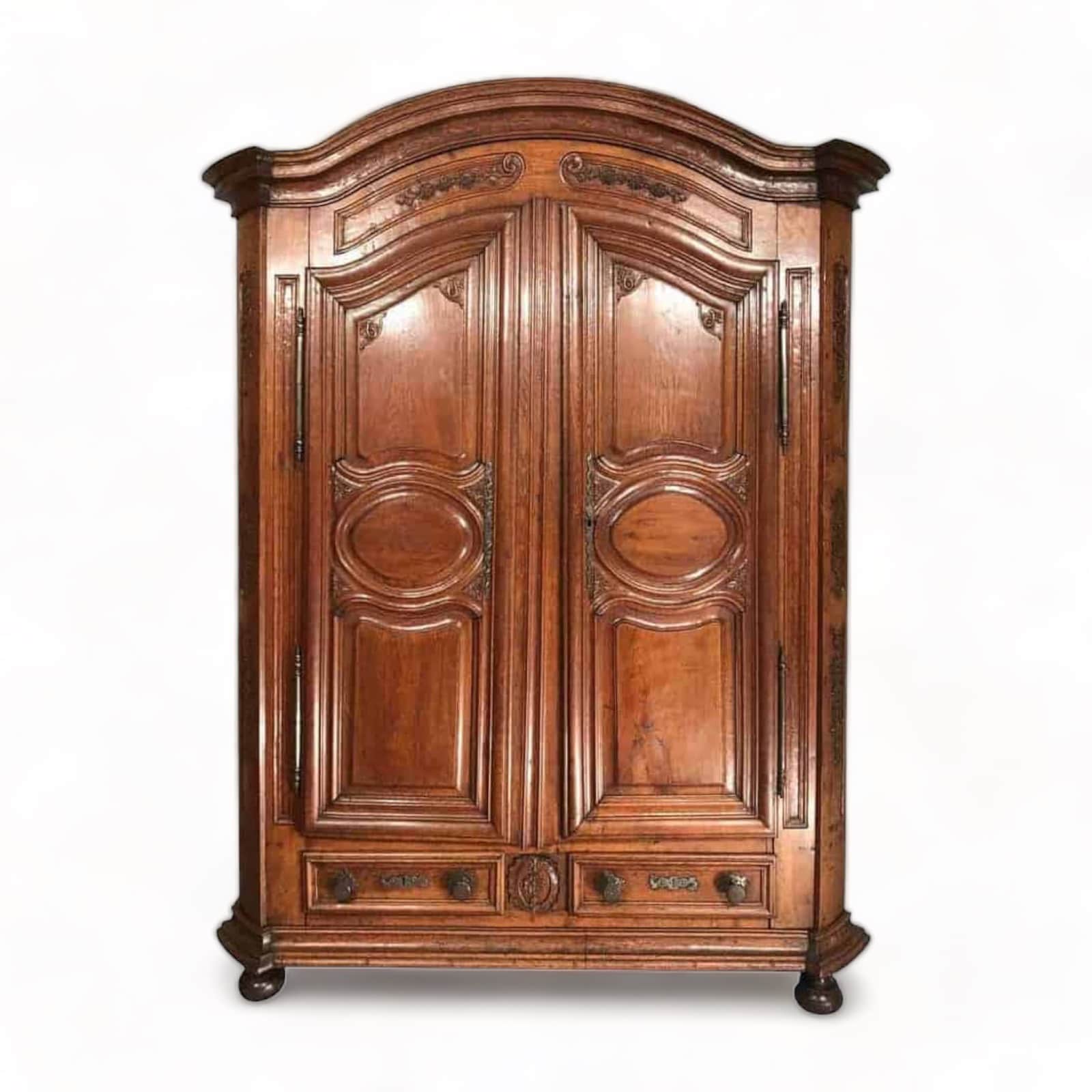
2. Grand and Imposing Structure
Unlike later styles that favored lighter, more delicate forms, Baroque armoires were designed to impress. They were typically large, heavy, and built with a strong architectural presence. Many featured column-like structures, rounded or pedimented tops, and exaggerated moldings.
3. Rich Woods and Luxurious Finishes
Baroque furniture makers favored high-quality materials such as walnut, oak, ebony, and tropical veneers. Some pieces featured elaborate marquetry inlays using contrasting woods, while others were adorned with gold leaf, lacquer, or painted details to enhance their regal appeal.
4. Curved Silhouettes and Dynamic Forms
Unlike the rigid symmetry of Renaissance furniture, Baroque armoires embraced movement. Curved moldings, exaggerated cornices, and even serpentine-shaped doors gave these pieces a sense of dynamism and theatricality.
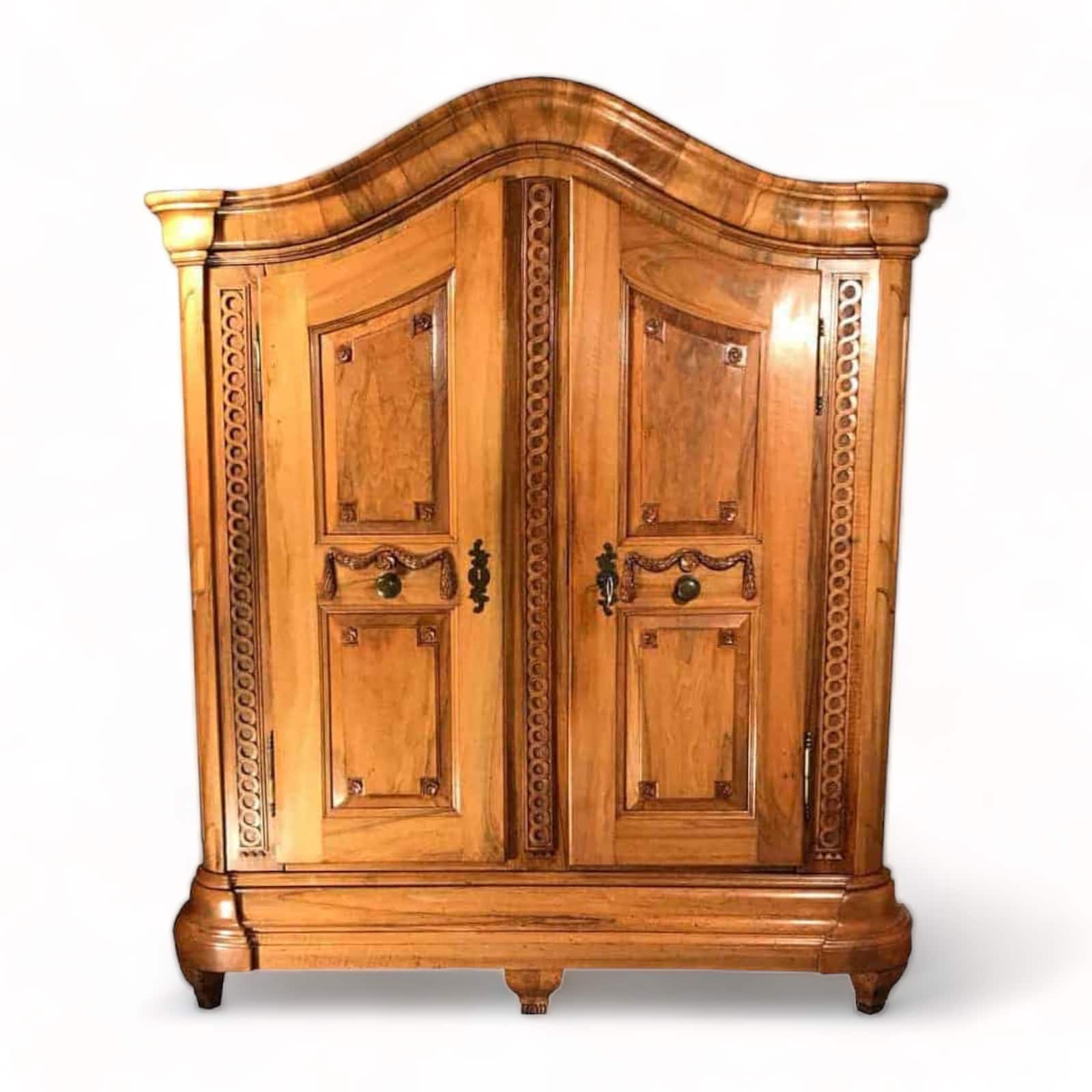
5. Elaborate Metalwork and Hardware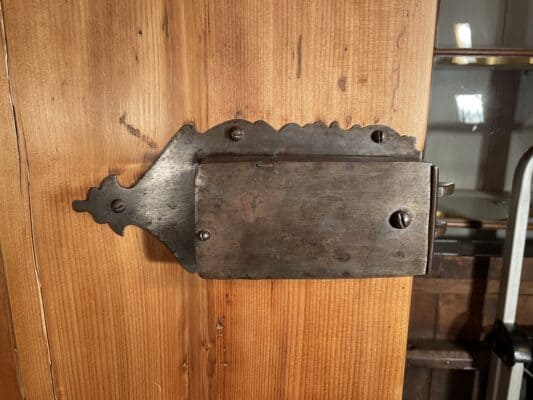
From grandiose brass keyholes to ornate gilded hinges and escutcheons, the hardware on Baroque armoires was never purely functional—it was decorative and often featured intricate patterns or sculptural elements.
Regional Variations of Baroque Armoires
While Baroque armoires shared common design principles across Europe, regional influences gave rise to unique interpretations of the style.
1. French Baroque Armoires
In France, Baroque armoires reached their pinnacle during the reign of Louis XIV. French designs emphasized symmetry, gilded details, and elaborate floral or foliate carvings. These pieces were often part of extensive furniture suites, designed to complement the lavish interiors of Versailles and other royal residences.
2. Italian Baroque Armoires
Italian Baroque furniture was heavily influenced by classical architecture. Twisted columns, dramatic pediments, and intricate intarsia work (inlaid wood designs) were common features. Venetian Baroque armoires, in particular, often had a lighter and more playful appearance, reflecting the city’s artistic heritage.
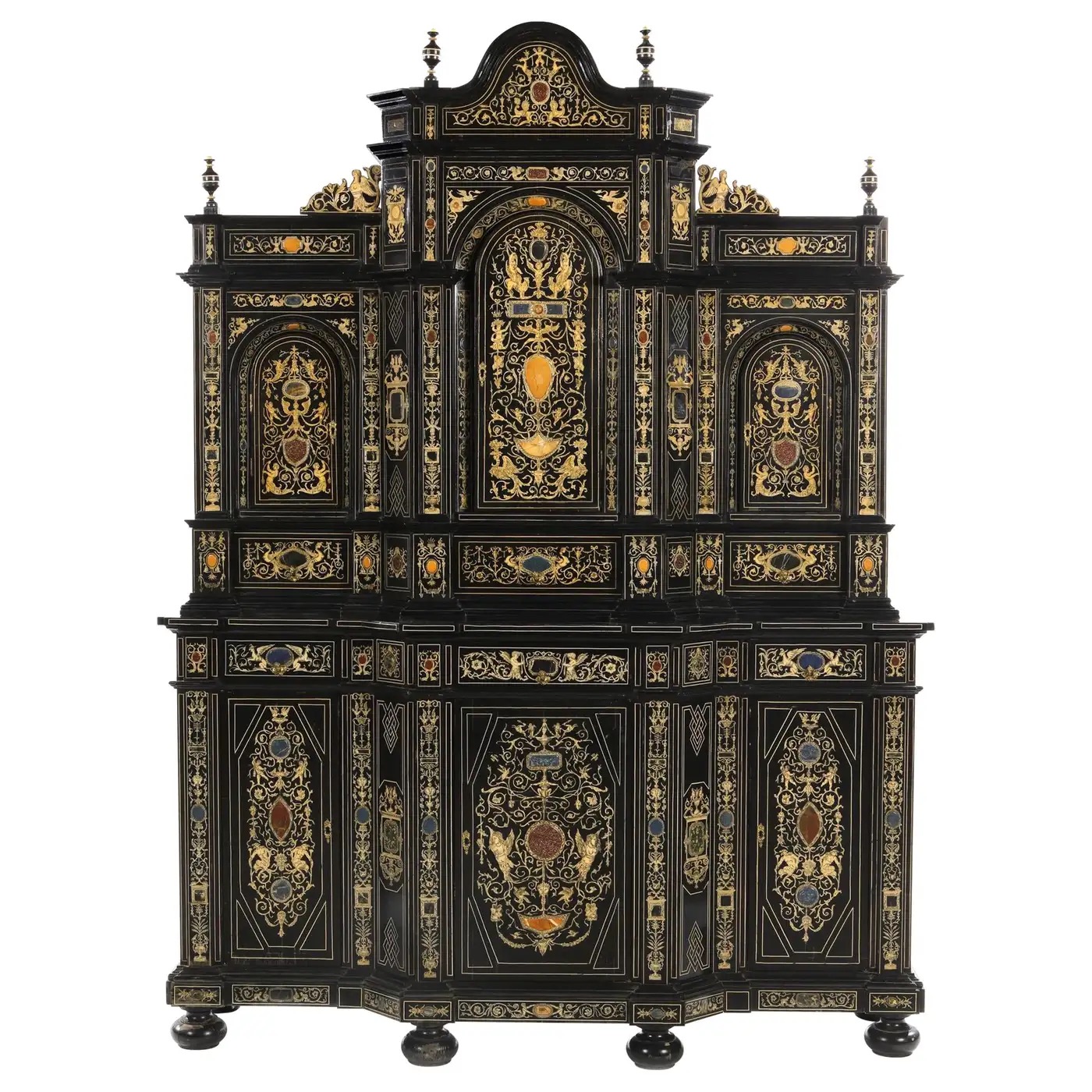
3. Germany and Central Europe
Germany and Austria developed a distinctive Baroque furniture tradition, incorporating bold architectural forms and deep, sculptural relief carvings. One of the most famous examples is the Frankfurter Wellenschrank, a remarkable German Baroque armoire from Frankfurt. This “wavy cabinet” is characterized by its undulating front panels, which create a rhythmic, three-dimensional effect. The craftsmanship of these pieces was unparalleled, often featuring dark walnut with detailed marquetry and highly decorative hardware. The Frankfurter Wellenschrank remains one of the most sought-after Baroque furniture designs in the antique world.
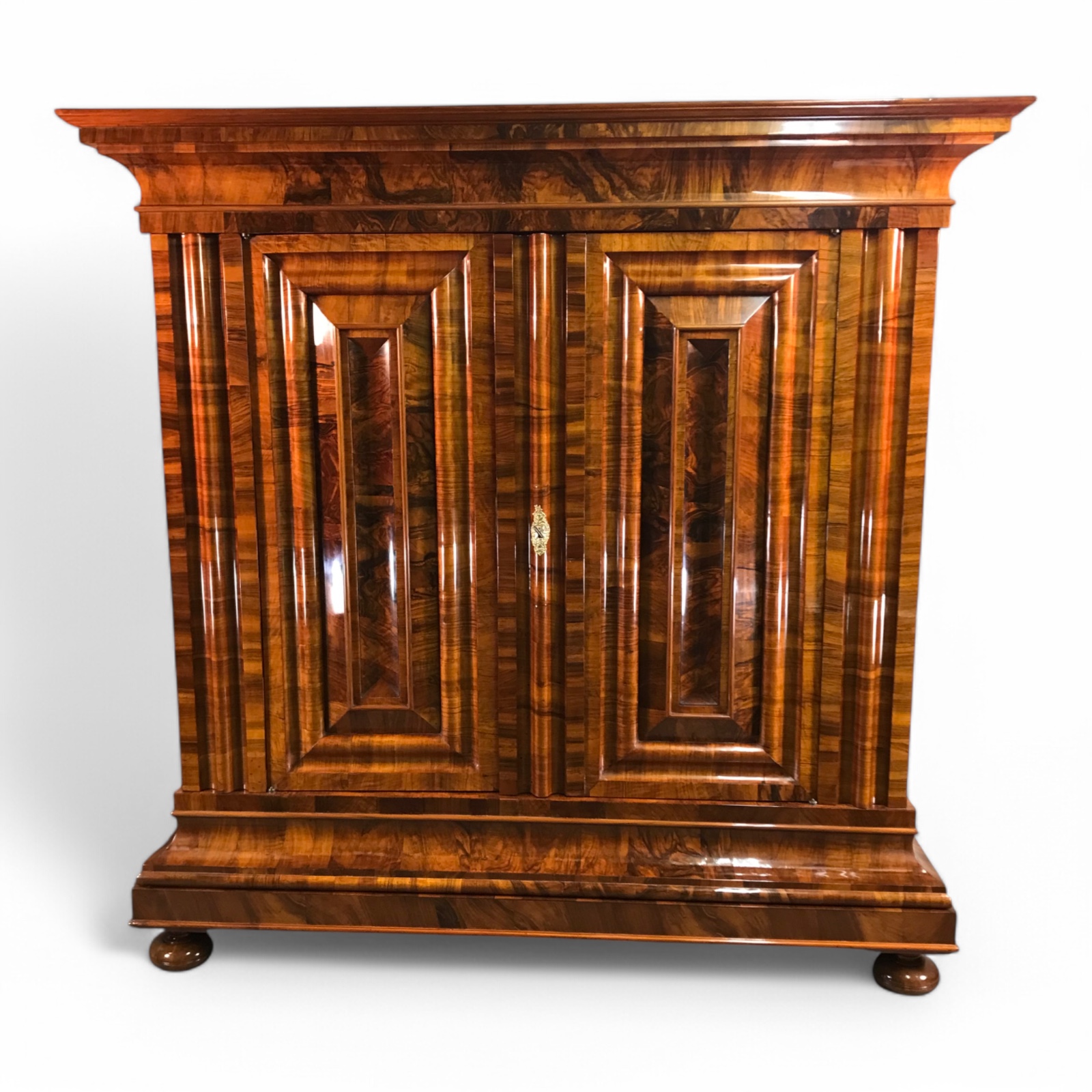
Incorporating a Baroque Armoire into Modern Interiors
Despite their origins in 17th-century palaces, Baroque armoires can make a dramatic statement in contemporary homes. Their timeless appeal allows them to blend effortlessly with various interior styles:
- Classic Elegance: Pairing a Baroque armoire with traditional furniture and rich textiles creates a regal ambiance reminiscent of historical estates.
- Eclectic Contrast: Combining an ornate Baroque piece with minimalist or modern furnishings creates a striking juxtaposition that highlights both styles.
- Functional Beauty: Beyond their decorative appeal, Baroque armoires provide ample storage space, making them practical for bedrooms, living rooms, or even grand entryways.
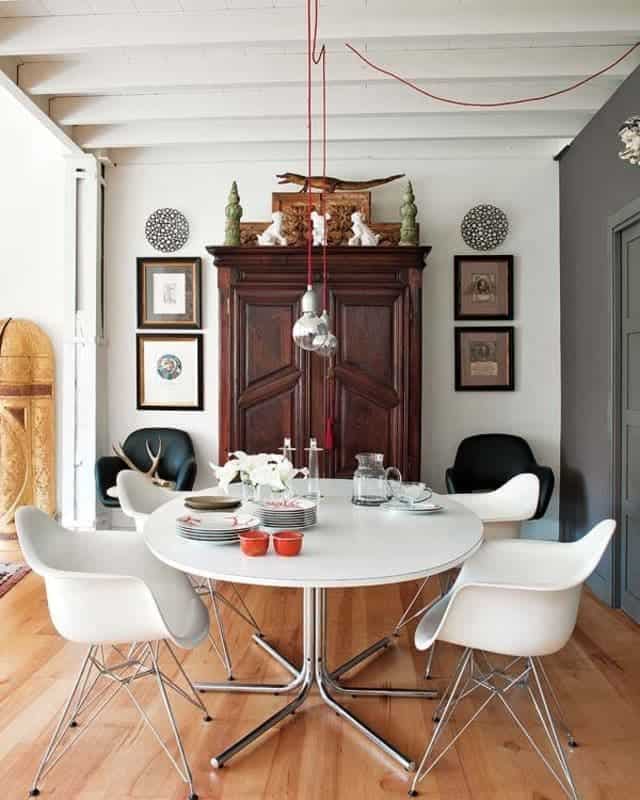
The Investment Value of Baroque Armoires
Due to their age, craftsmanship, and artistic significance, Baroque armoires are highly collectible and can appreciate in value over time. When purchasing an antique piece, consider the following factors:
- Authenticity: Look for original materials, joinery techniques, and period-accurate finishes.
- Condition: While some wear is expected, excessive damage or alterations can affect value.
- Provenance: A well-documented history can increase an armoire’s desirability among collectors.
For those looking to invest in a true antique centerpiece, a Baroque armoire is an exceptional choice that embodies history, artistry, and sophistication.
Conclusion: A Lasting Legacy of Elegance
Baroque armoires are more than just furniture—they are timeless works of art that continue to captivate and inspire. Whether you are an avid collector, an interior designer, or simply someone who appreciates exquisite craftsmanship, a Baroque armoire is a magnificent addition to any space. From the elaborate carvings of French and Italian designs to the striking architecture of the Frankfurter Wellenschrank, these armoires tell stories of a bygone era while remaining relevant in today’s world of luxury interiors.
If you’re looking for an authentic Baroque armoire to elevate your space, explore our carefully curated collection of fine antiques. A true masterpiece awaits you.
